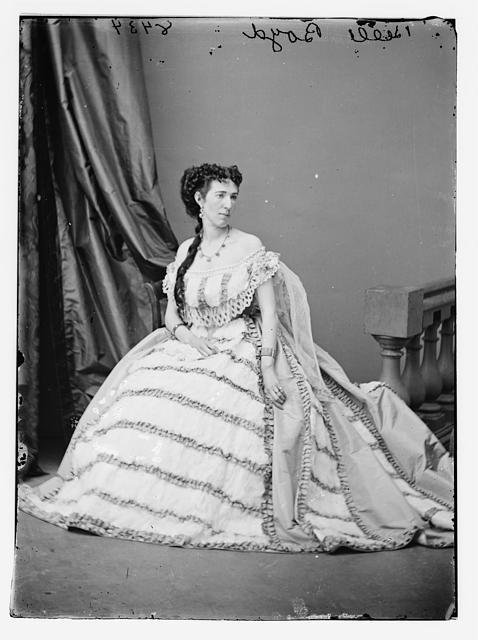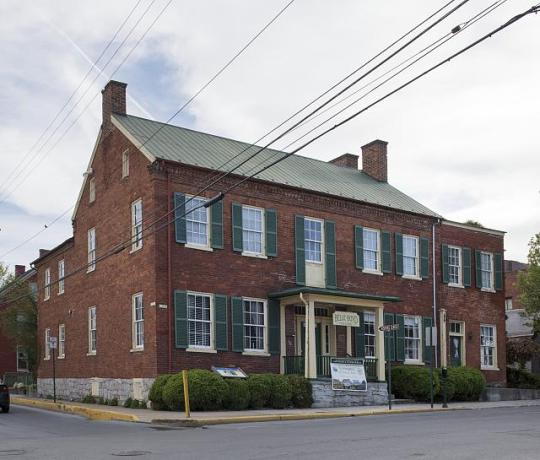#belleboyd
Born on May 9th, 1844, Isabella Maria Boyd was born in Martinsburg, Virginia (which would later become West Virginia). She led a fairly typical life for a girl her age: she attended finishing school in Baltimore and was a relatively normal young woman by the time the Civil War began. It is here where her career in spying begins by chance.

Boyd wrote of her escapades in espionage in a highly exaggerated account, but it details her successes (and ultimate failures) during the Civil War. Her account details the Union forces that came to investigate her house in 1861 because there was rumor that Boyd was housing Confederate flags in her room. She then claims that one of the solider cursed at her mother, which enraged her and forced her to shoot him (he later died, but Boyd was exonerated of murder). The Union forced stationed men around the house, which allowed Boyd to become close to at least one of them (Captain Daniel Keily was the name she gave him in her memoirs).
The stationing of soldiers around her house allowed Boyd to start eavesdropping and learning the ways to pass information. Generally, Boyd passed information to Confederate officers through her slave Eliza Hopewell, who carried the written notes in a hollowed-out watch case. This worked until she was caught early on and threatened with death. She realized she needed a safer route of communication. Belle’s house was located in Martinsburg, West Virginia and has now been made into a museum.

Boyd took sensitive information about Union forces that she had overheard in her parlor directly to Colonel Turner Ashby by bluffing her way through Union lines. For her help, Stonewall Jackson wrote a letter to Boyd saying “"I thank you, for myself and for the army, for the immense service that you have rendered your country today.” She also received the Southern Cross of honor and was awarded a captain and other honorary aide-de-camp positions.
Boyd was arrested at least six times, but managed to avoid jail in each instance. In 1862, Allan Pinkerton, a detective who would go on to create Pinkerton National Detective Agency, assigned 3 men to work the Boyd case to track her down. Boyd continued to evade Pinkerton and his men and began to gain popularity as “La Belle Rebelle” and “the Siren of the Shenandoah” as well as numerous other nicknames.

Though Boyd did exaggerate some of her tales and escapades, she was incredibly famous (and infamous) to both the Union and the Confederate sides. She was hailed as a hero to her rebelling countrymen and was hunted by the North. Boyd was actually arrested 6 times, imprisoned 3 times, and exiled twice. On July 29, 1862, Secretary of War, Edwin Stanton, issues a warrant for her arrest and she was captured and taken to Old Capitol Prison (the current site of the U.S. Supreme Court). She was banished to the Confederate capitol, Richmond. Boyd refused to stay in Richmond and she was arrested again, and banished to Canada, but she decided to head to England instead.

Boyd was more likely in the business to be an adventurer rather than because of her strong commitment to the Confederate ideals. She married two Union men in her lifetime: Samuel Hardinge, a naval officer with whom she had a daughter, Grace, and John Swainston Hammond, with whom she had 4 children (3 that lived past infancy). Boyd published a memoir Belle Boyd in Camp and Prison in 1865 to support herself. She went on to marry Nathaniel High, an actor 17 years younger than her. Boyd was also an actress herself and she died on stage in Wisconsin on June 11, 1900 at age 56.

(All images from The Library of Congress).
